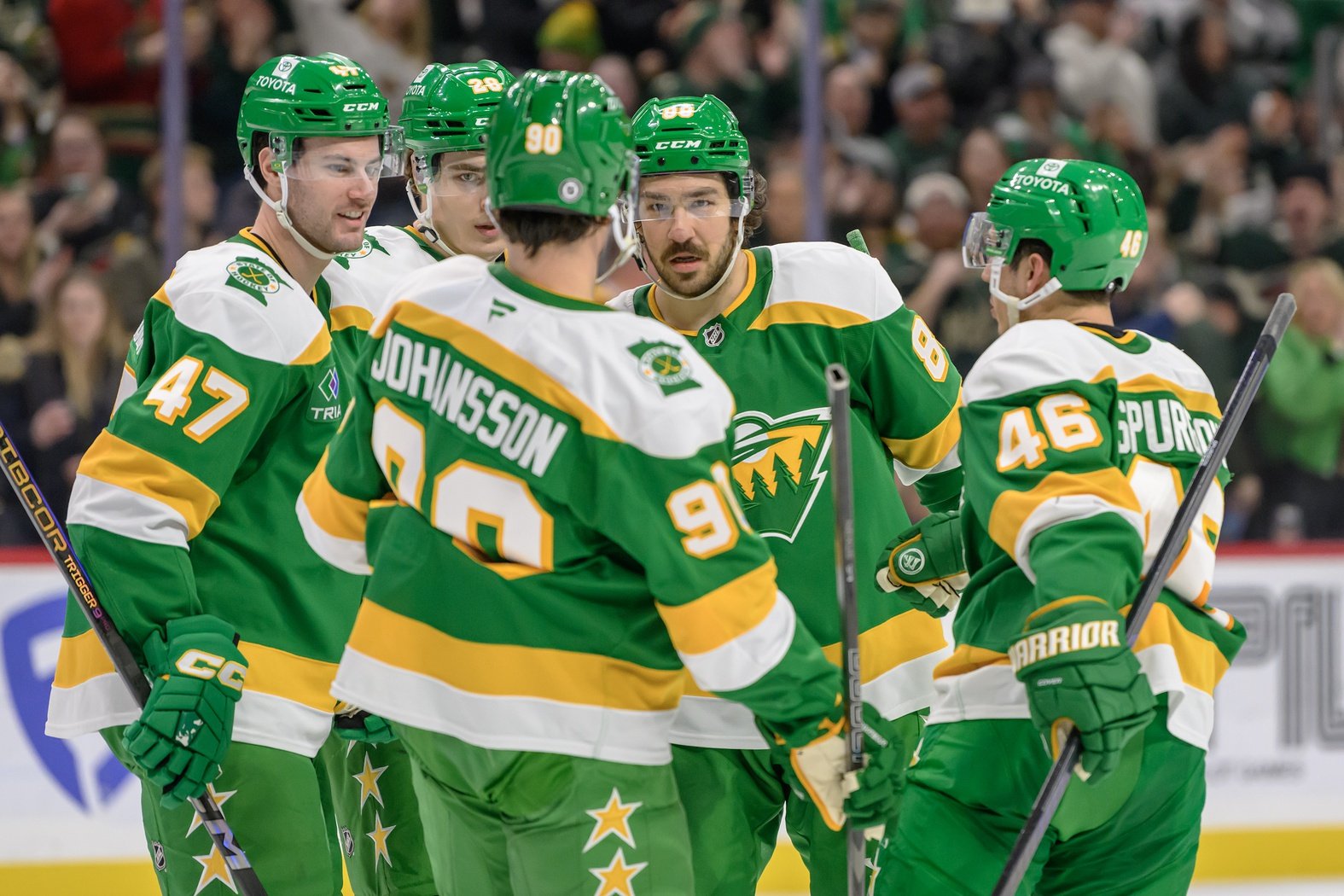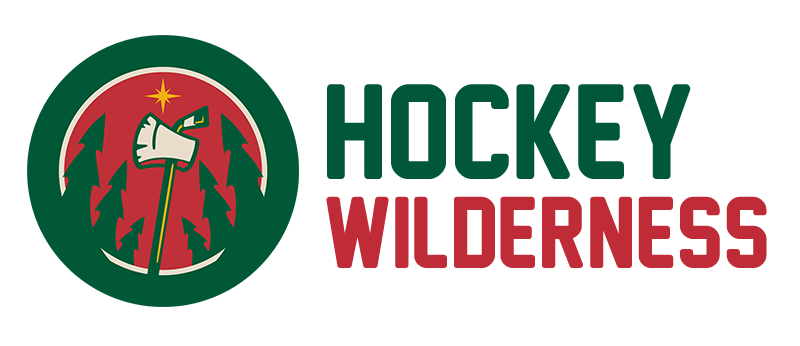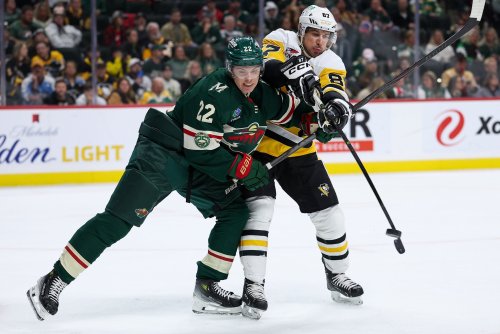
The Minnesota Wild are a strange team, not only for the fans but also for the writers who cover them. Their strong start to the season has made their streaky play in January concerning for those hoping for Minnesota to make a genuine playoff push. The Wild have impressive wins, especially considering how many injuries they’ve suffered. However, when they lose, they do so spectacularly.
There has been a pattern with the Wild’s recent losses. The team has either been buying into John Hynes’ defensive-first mentality or falling flat. The Wild were shut out three times since January. For context, San Jose Sharks’ opponents have only shut them out twice this season.
Why have the Wild, who have more at stake than San Jose, given up on games when they face a deficit?
When the Wild have an off night, you can see it in their body language. They have failed to defend in their last three shutouts and their losses through January. Whether they are discouraged because Kirill Kaprizov got hurt or the Wild forwards are discombobulated because they play on a different line every night, Minnesota gives up on games too easily.
Their behavior on the ice has been a huge tell for those facing the Wild. It doesn’t take a hockey expert to see that the Wild occasionally lose their compete level. All you have to do is watch their games. So, if I can see it from the couch, think about the discussion between the opposing coaches and their players.
They know how and when to exploit Minnesota. So, if the Wild aren’t playing at their best, teams around the league will continue to take advantage. The team gives away that they've lost their competitive edge, further highlighting the issues plaguing it.
The Wild only blocked six shots in their 4-0 loss to the Utah Hockey Club on January 23. While Filip Gustavsson finished the night with a .862 SV%, the loss couldn’t be placed on him when the entire team played flat. Minnesota’s skaters had seven takeaways against Utah but had 16 giveaways, a 47.6 faceoff percentage, and went 0-3 on the powerplay.
On February 1, the Wild performed even worse in their 6-0 loss to the Ottawa Senators. They had only two takeaways and 19 giveaways. Minnesota also blocked only 15 shots after letting 52 shots reach the net, again showing that goaltending has not been the issue.
However, that isn’t the worst of it.
The Wild ended the game with a 29.3 faceoff percentage, which is why they also went 0-3 on the powerplay. Meanwhile, Ottawa went 3-8 on the power play, and Josh Norris had a shorthanded goal. The Senators are a good team, and Tim Stutzle looked like a generational talent that night. Still, the Wild played poorly from the start.
Last but not least, there’s Minnesota’s 3-0 loss to the Boston Bruins. Their February 4 game in Boston was much closer, and the Wild got good scoring opportunities. They just couldn’t find a way to beat Jeremy Swayman. However, even in a more evenly-matched game, Minnesota’s forwards must find a way to put something on the board.
The Wild look disinterested when they start losing control of a game. They lose battles on the wall and foot races on their own end, making it harder for their goaltending. A lot of hockey is mental. It's easy to be caught up in the ebbs and flows of a game or, on a larger scale, an entire season. Minnesota occasionally falls heavily into the lowest lows when they get some pushback.
However, there’s a bright side to all of this. The Wild won their final two games before the 4 Nations Face-Off, giving the Wild players (except those in the tournament) less to worry about during their short vacation. They didn’t win in any way either; they won by playing the brand of hockey that has won them games.
A tight defense-first mentality.
The best example would be the 2-1 victory of the Carolina Hurricanes, the penultimate game before the break. The Wild faced 38 shots, which doesn’t sound great until you realize Carolina is the third-ranked team for shots on goal. Also, the Wild blocked an astounding 23 shots. They bought into the mentality and came out with a win (and 23 puck-shaped bruises).
The Wild also won this game with a new face, Vinnie Hinistroza. Still, they adjusted to the lineup changes immediately, and Hinostroza found a way to put the puck in the back of the net.
Hinostroza bought in immediately and has looked good for the Wild because of it. John Hynes likely knows this and will likely slide Hinostroza up the lineup because he has shown his willingness to play the type of hockey Hynes wants: defensive, possession-based hockey in which the players don't shy away from the physical battles on the wall and in the slot.
Minnesota is not in a place where they need to press the panic button, and with their two latest wins, the team has maintained their No. 3 spot in the Central. My only concern is whether the Wild can keep winning after the break. I would like to say yes, but the team has struggled to find normalcy this season. Going onto break right after winning two important games could be more of a hindrance than a help.
Think you could write a story like this? Hockey Wilderness wants you to develop your voice, find an audience, and we'll pay you to do it. Just fill out this form.







Recommended Comments
Join the conversation
You can post now and register later. If you have an account, sign in now to post with your account.
Note: Your post will require moderator approval before it will be visible.